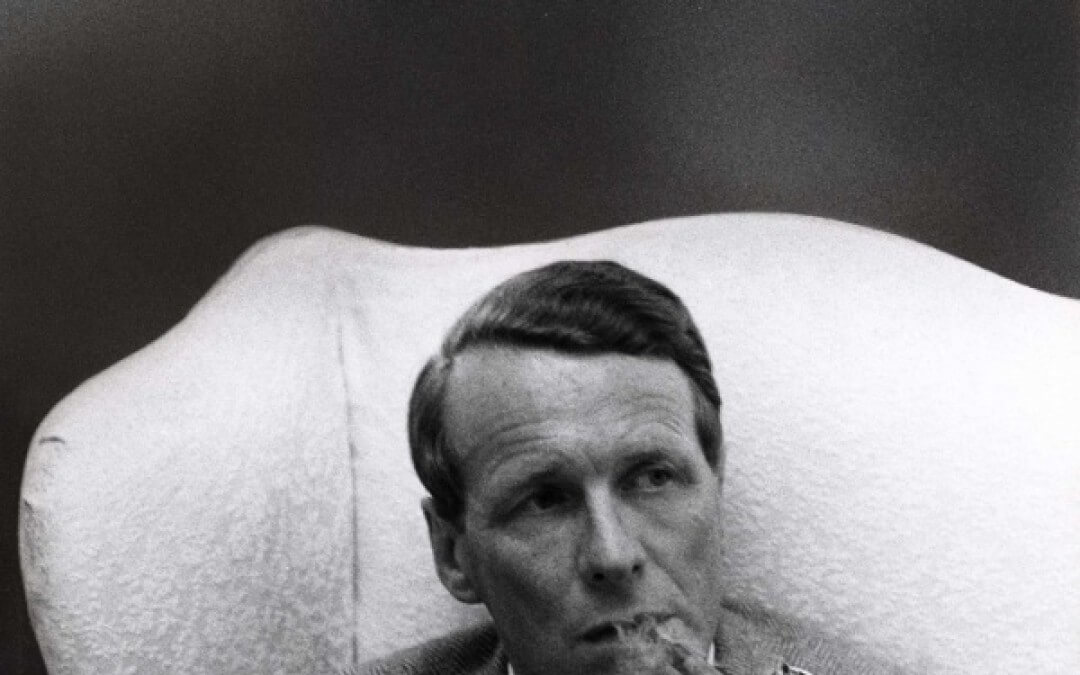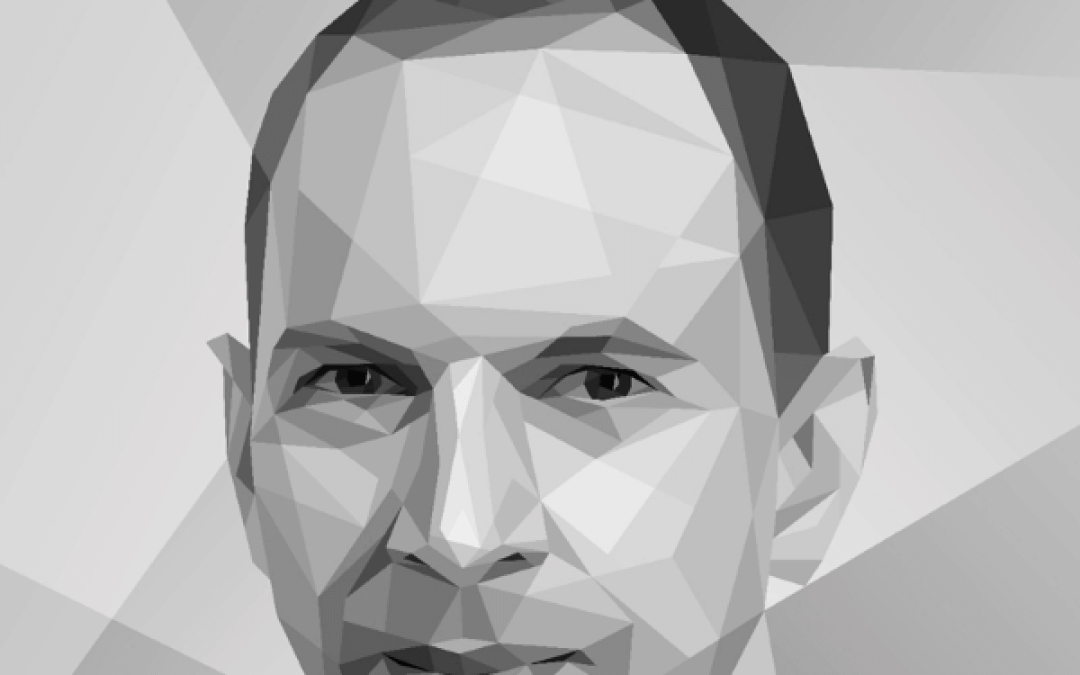
Your Audience of One
Know your audience. In Western culture, this instruction starts with Aristotle, mainly. Living in a time when public speaking decided the fate of nations, he figured out that the most logical argument didn’t always win. More often, the winning argument came from the person who knew the audience best, and played on its ideas and emotions most persuasively. Fast forward 23 centuries or so, and it’s still true. Whenever we start a project for a client, the first question is, “Who’s in the audience?” For most projects, the answer is simple. It’s employees, or customers, or investors. Once we...
Read more >









